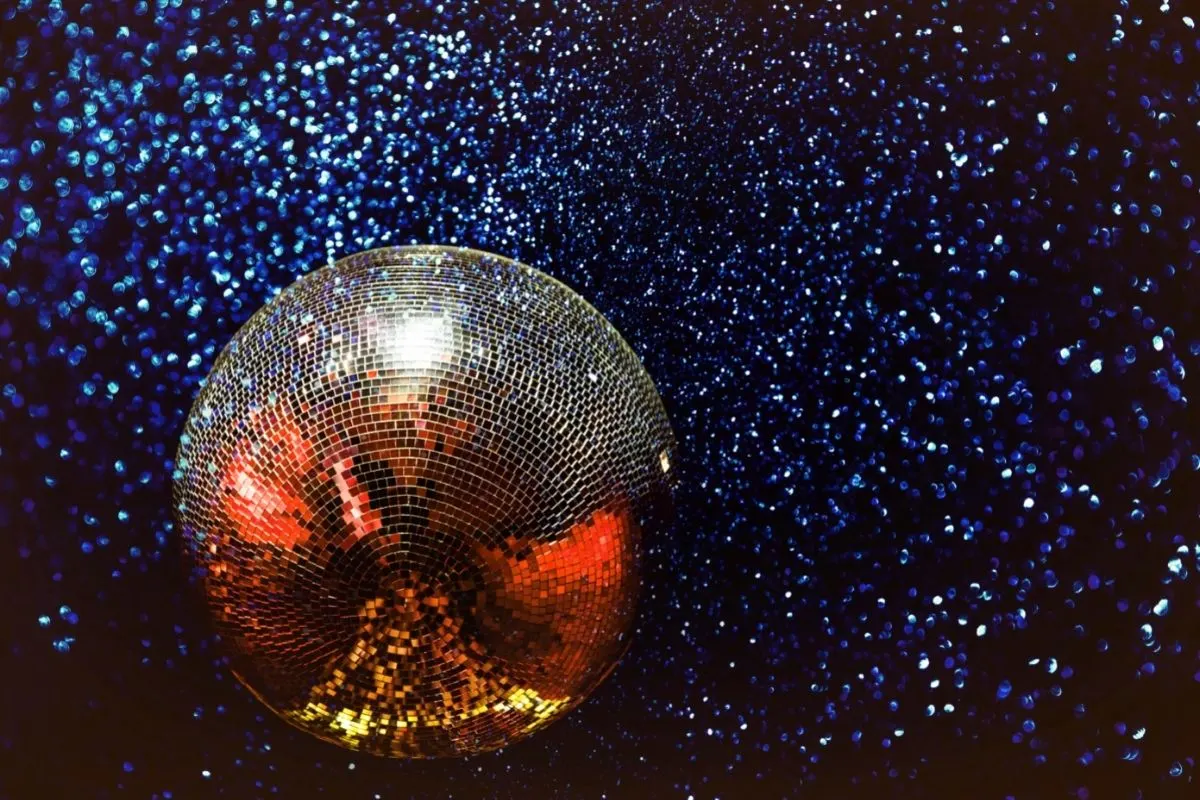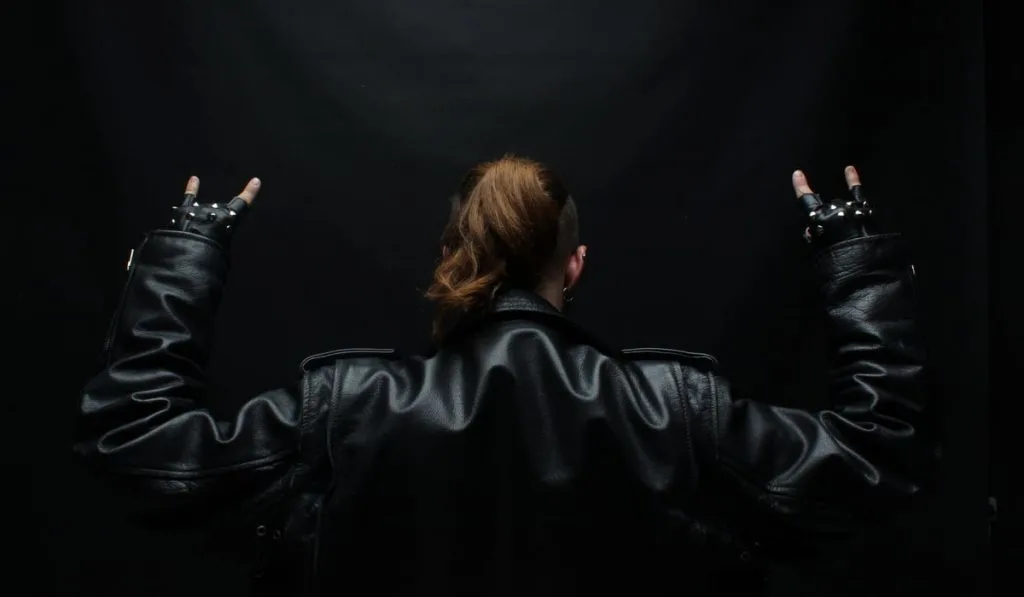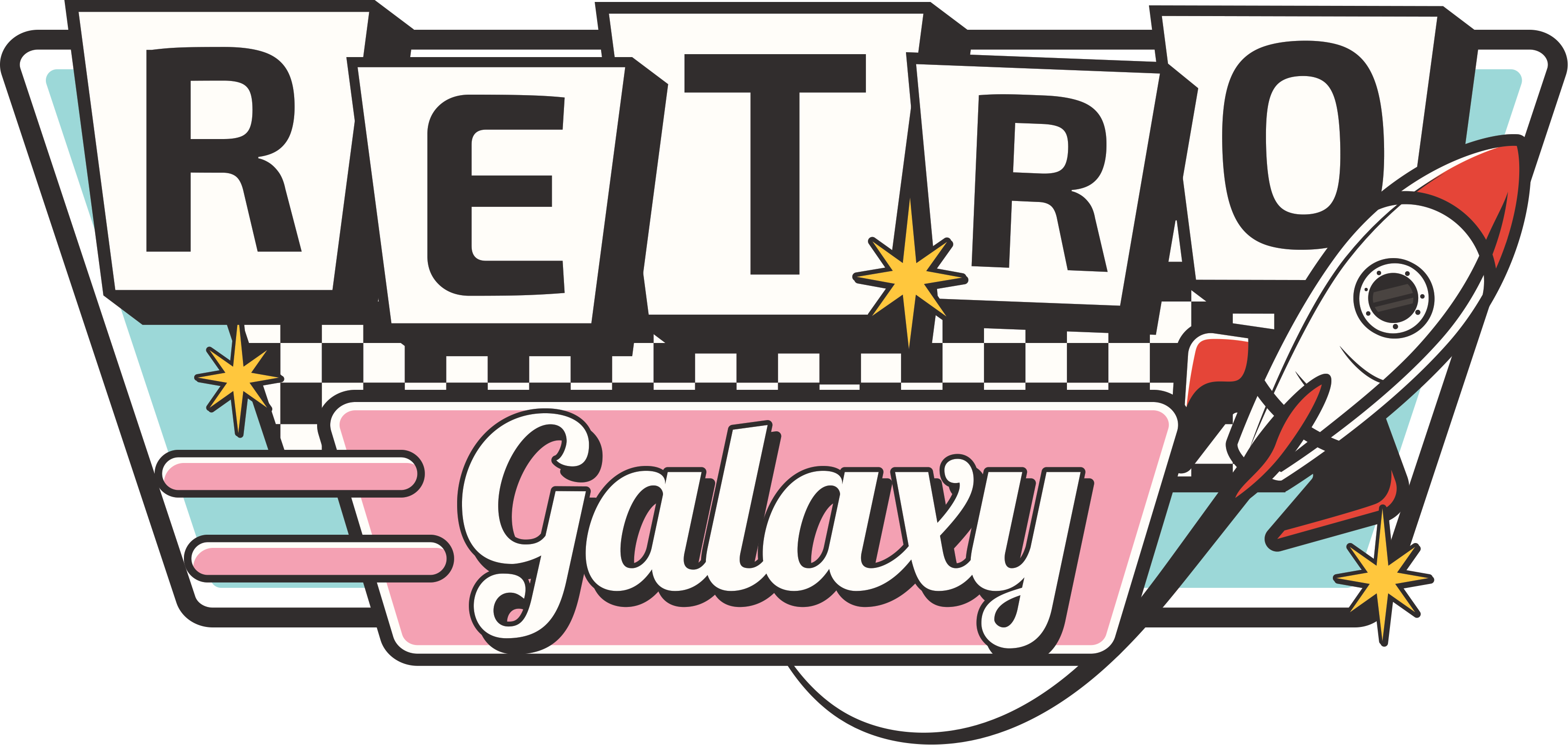The 70s were an incredibly exciting decade. It was a time of vibrancy, change, creativity, and experimentation.
This is, in part, a consequence of the number of subcultures that popped up during this era.
Subcultures play a very important role in society.
They allow individuals to express themselves, express resistance to cultural norms and explore new ways of thinking and living.
In doing so, subcultures are often partly responsible for social change and a more diverse society. To learn more about the 70s subcultures, take a look at this ultimate guide.
From the Mods and Rockers to the Freaks and Geeks, we cover it all!
What Is a Subculture?
Subcultural theory was developed by sociologists in the United States, particularly in the 1950s and 1960s. It became popular among youth culture researchers in the 1970s.
The term “subculture” refers to a group of people who share similar values, attitudes, behaviors, beliefs, norms, and lifestyles.
They may also have common interests or activities that they engage in together.
For example, a subculture could be formed around a particular music genre (e.g., punk rock), sports team, political party, religion, hobby, etc.
70s Subcultures
Below, we’ve listed some of the most prominent subcultures from the 1970s. Check them out!
Freaks
At the beginning of the 1970s, the previous subcultures of the hippies, the mods, and the rockers, underwent a huge transformation.
In fact, at this time, people belonging to these subcultures took on the name ‘Freaks’.
They did this to show that they openly embrace their strangeness, and claimed the name ‘freak’ positively. The freak scene combined a huge number of different beliefs and interests.
For instance, the subculture commented on identity politics, the legislation of homosexuality, and developed an interest in science fiction and fantasy.
Many people within the freak scene began living a communal and anti-capitalist lifestyle.
In terms of fashion and music, the freaks leaned into glam rock.
This androgynous style grew out of the traditional Mod look that defined the previous decade. Some self-proclaimed Freak musicians were The Edgar Broughton Band and The Pink Fairies.
Geek Pride

The subculture previously known as the hacker/computer subculture took on the name ‘Geek Pride’ at some point in the 70s.
They did this for the same reason that the Freaks did – to reclaim a derogatory word and make it a positive indicator of their identity.
You may be surprised to find out that there was a computer-based subculture in the 1970s, as computers were still a pipe dream for the public.
However, many people were interested in this kind of technology as a consequence of science fiction.
Fans of science fiction often fantasized that they would one day own a computer.
The number of people engaging in this subculture dramatically increased throughout the 1970s and became quite a large contingent.
Skinheads

The skinhead subculture started in the 1960s and persisted throughout the 1970s. However, they took on a new meaning during the 1970s.
In the 1960s, the skinhead subculture was typically made up of working-class youths in London. They were motivated by their working-class solidarity and feelings of social alienation.
Skinheads had very cropped hair or shaved heads and generally wore working-class clothing, such as steel toe work boots, Levis denim jeans, and slim-fitting shirts underneath a typical work jacket (e.g. a denim jacket).
In the 1960s, skinheads were motivated to reject austerity and conservatism, and the more middle-class movements, such as the hippie movement.
Throughout the 1970s, the skinhead subculture became aligned with Oi!, a new punk movement.
During this time, political affiliations grew and split the subculture into two strands: one that associated itself with the far right, and one that associated itself with the far left.
However, some skinheads remained apolitical.
In the UK, the skinhead culture became associated with far-right groups, such as the National Front and the British Movement.
By the 1990s, neo-Nazi skinhead groups persisted across North America and Europe.
However, many skinheads remained to argue against these branches of their subculture.
Groups such as Skinheads Against Racial Prejudice were started in response to the rise of Nazism within the subculture.
Disco

The disco subculture is likely the one that pops into your mind when you think about 70s subcultures.
The disco subculture began in gay clubs and grew to become a significant subculture by the middle of the 1970s.
Disco was particularly popular in the New York area. However, there was a large backlash to the rise in this subculture.
In fact, an aggressive counter-disco movement encouraged disco listeners to destroy their records and instead embrace rock and roll.
Metalheads

Following the decay of other subcultures, many bikers looked to the metalhead subculture.
This subculture was built around the aesthetics of violence and horror that influenced progressive rock.
In the 1970s, the metalhead subculture grew.
Metalheads preserved the typical image of long hair and leather garments, however, they also formed a culture around resistance against mainstream and conformity.
Punk

Finally, another subculture that likely comes to mind when you think of the 1970s is the punk movement.
The punk subculture is home to a very diverse range of beliefs, styles, ideologies, and other forms of creativity and expression.
Generally speaking, the punk movement is characterized by anti-establishment perspectives which originated from punk rock.
Punks promote the importance of individual freedom, and non-conformity, anti-corporatism, anti-authoritarianism, and anti-consumerist beliefs.
This subculture emerged in the UK during the 1970s. It is based on loud and aggressive rock music and has a very particular fashion.
Punks tend to wear a lot of leather and ripped clothing, and also often use random items such as safety pins as accessories.
Punks also tend to have very dramatic hairstyles. In particular, they cut their hair into mohawks or other styles, spike it upwards, and sometimes dye it using bright, vibrant, and unnatural colors.
Conclusion
The 1970s was an era of transformation for many subcultures.
It was a time when previously marginalized subcultures reclaimed derogatory labels and fought against the discrimination that took place within their own communities.
Subcultures that arose during the 1970s were vibrant, imaginative, and powerfully resisted mainstream beliefs and conformity.
We hope that you have enjoyed learning about 1970s subcultures through this article.
